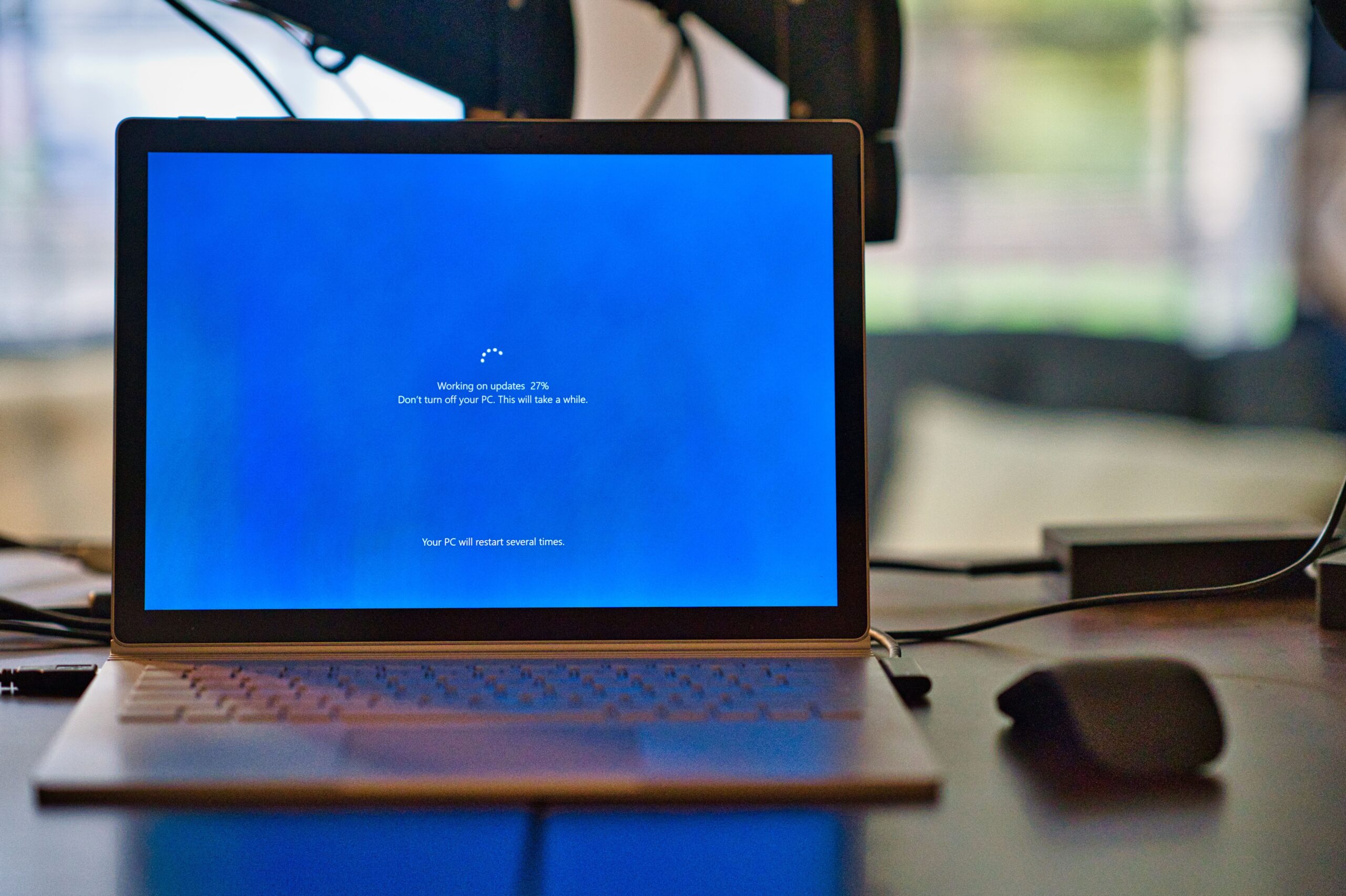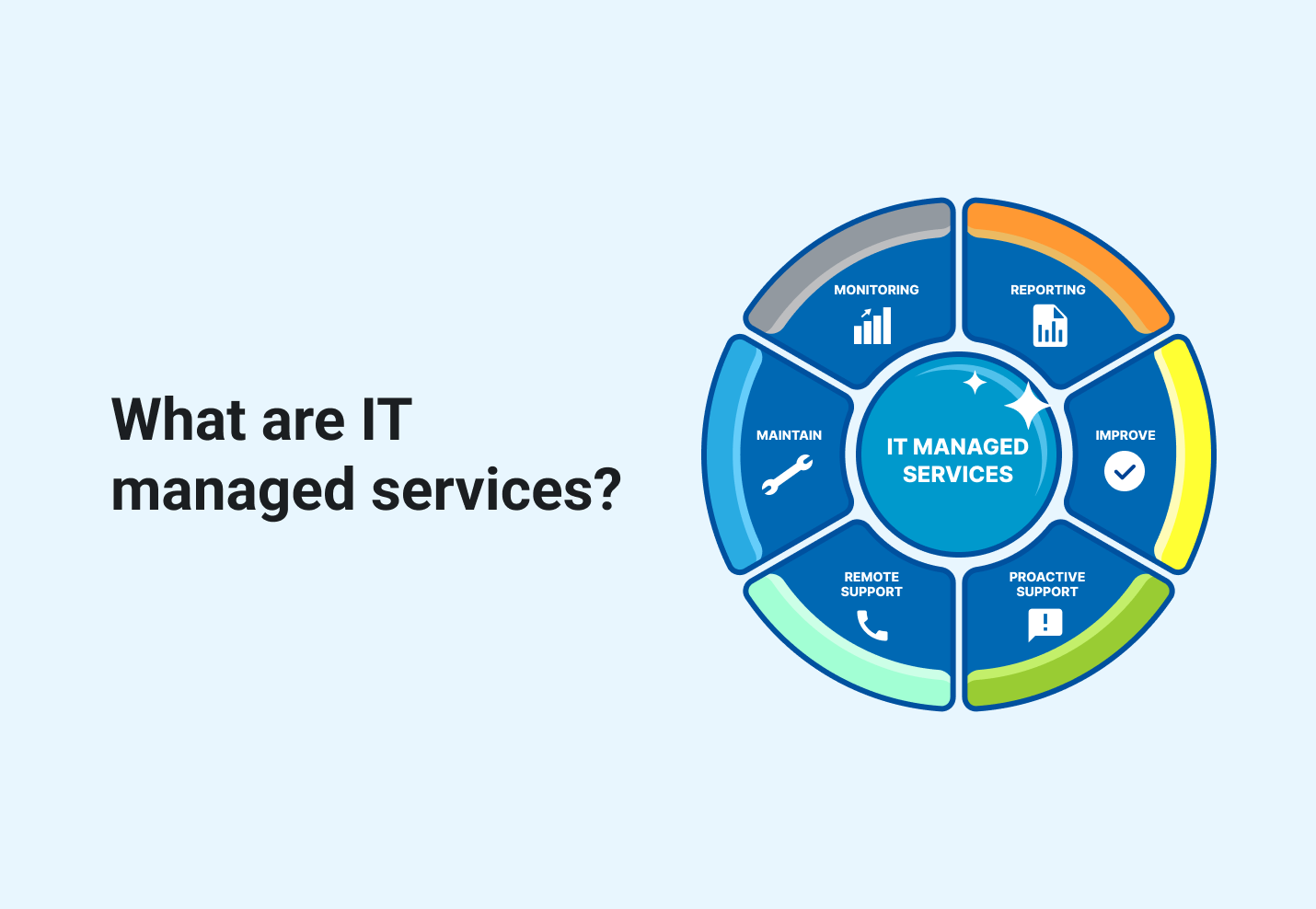In today’s interconnected digital landscape, where cyber threats continue to evolve, organizations face an ever-increasing challenge to safeguard their valuable data and systems. While advanced technologies and robust security measures are crucial, it is essential to recognize that the greatest security risk often lies within the organization itself. Surprisingly, it is not the sophisticated hackers or external threats, but rather, employees who can inadvertently compromise an organization’s security posture. In this article, we will critically analyze the reasons why employees represent the most significant security risk to an organization and provide insights on mitigating this threat.
Lack of Awareness and Training:
One of the primary reasons employees pose a significant security risk is their lack of cybersecurity awareness and training. Many cyber-attacks, such as phishing scams and social engineering tactics, target employees through deceptive emails, malicious websites, or phone calls. These tactics exploit human vulnerabilities, enticing employees to reveal sensitive information or unknowingly install malware. According to recent studies, 90% of successful cyber-attacks involve human error, making the need for improved awareness and training evident.
Solution: To address this issue, organizations must prioritize ongoing cybersecurity awareness and training programs for all employees. Specific examples, such as phishing simulations, can help employees recognize potential threats and improve their response to such attacks. Providing quantifiable data on the reduction in successful attacks after implementing training measures would demonstrate the effectiveness of such initiatives to management.
Weak Passwords and Poor Authentication Practices:
Human nature tends to favor convenience over security, leading to the widespread use of weak passwords and lax authentication practices. Many employees reuse passwords across multiple accounts or choose easily guessable passwords, making it easier for attackers to gain unauthorized access. Additionally, employees may leave devices unlocked or unattended, providing further opportunities for compromise.
Solution: To mitigate the risk posed by weak passwords, organizations should enforce strong password policies that include complexity requirements and regular password changes. Incorporating multi-factor authentication (MFA) across all systems adds an extra layer of protection. Presenting statistics on the prevalence of weak passwords and the benefits of MFA could persuade management to implement these measures.
Insider Threats:
While most employees are trustworthy and have the organization’s best interests at heart, insider threats remain a significant concern. Employees with malicious intent or those who unintentionally mishandle data can cause significant damage to an organization’s security posture. According to a recent report, insider threats accounted for 34% of data breaches in the past year.
Solution: Implementing strict access controls and permissions, along with regular audits, can help detect and prevent insider threats. Emphasizing real-world examples of insider incidents in other organizations can drive home the importance of these measures and the potential legal and financial consequences of such breaches.
Bring Your Own Device (BYOD) Policies:
The proliferation of personal devices in the workplace, such as smartphones, tablets, and laptops, has introduced new security challenges. Employees may use unsecured Wi-Fi networks or install unauthorized applications that pose significant risks to organizational security. Additionally, these devices may lack proper security measures, making them vulnerable to attacks.
Solution: Establishing a comprehensive BYOD policy that includes secure access controls and device management protocols is essential. Demonstrating how other organizations have effectively implemented BYOD policies to reduce security risks could persuade management to prioritize this area of cybersecurity.
Conclusion:
While organizations invest heavily in technological solutions to combat cyber threats, it is crucial not to overlook the human factor. Employees, through their actions and behaviors, can inadvertently become the greatest security risk to an organization. By addressing the challenges of awareness, training, authentication, insider threats, and BYOD policies with real-world examples, quantifiable data, and comprehensive solutions, organizations can significantly mitigate this risk. By recognizing the critical role employees play and implementing appropriate measures, organizations can turn their greatest security risk into a formidable line of defense in the ever-evolving battle against cyber threats.



